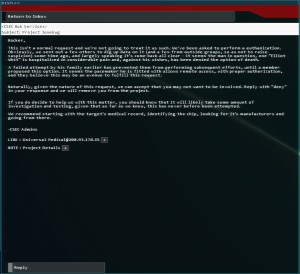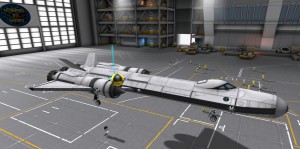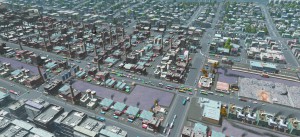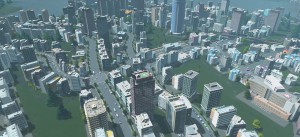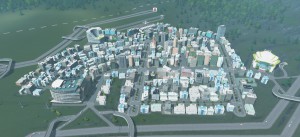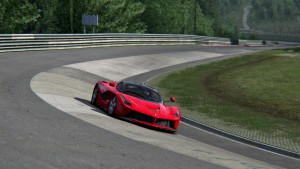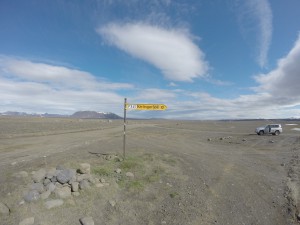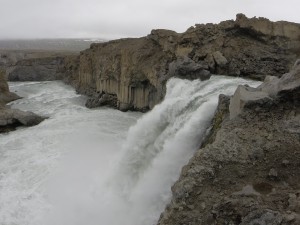Telling a story
During my ongoing literature review I often discover interesting facts about things I’ve never thought about. Sometimes I can connect these facts with my own observations: The result is mostly a completely new idea why things are as they are. Maybe these ideas are new to you, too. Therefore I’ll share my new science based knowledge with you!
This week: This time, I think about the entertaining aspects of creating Let’s Play videos and telling a coherent story across multiple episodes.
Since the last days of October 2013, I am creating so-called Let’s Play videos (LP). Creating an LP is a special form of playing a computer game as the player is commenting and recording the own gameplay. Therefore, the resulting video shows the computer game’s content that is extended by an additional story.
The most interesting and entertaining part of creating an LP instead of just playing the computer game comes from the fact that this method allows me to tell a unique story. Naturally, the uniqueness of the story depends on the game itself as an open world game provides more freedom than a linear story based game. However, it is still possible to create a unique LP about a story based game as each player can approach certain events in the game in a completely different way and thus add a unique story layer to the gameplay.
Open world games, however, are perfect to tell a story as they do not feature a predetermined story and thus surprise the players with unforeseen events. Furthermore, open world games do not have a clear goal and allow the players to set their own goals and try to achieve them. These two features can be used to tell a unique story as the player can choose a goal and document the own actions that are necessary in order to achieve the selected goal.
All the unforeseen events that take place during this time are the basis for the narration. During the gameplay, the player has to react to those random events and thus a new entertaining story begins. Moreover, some of the random events can distract the player from the main goal and tell a story-within-the-story. In the case of a very ambitious goal, it is even possible that the unique LP story becomes a vast narrative.
In the end, all the small episodes are connected by the overall goal that was set by the player and hence they become a coherent story that was surprising to the player and to the viewers of the resulting LP episodes.
